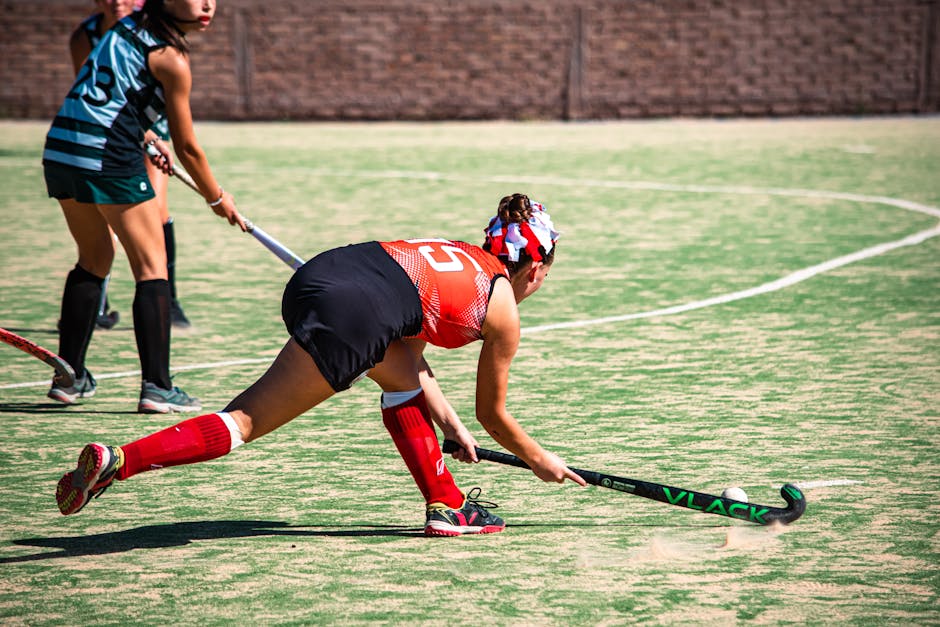Mastering the Art of Effective Meetings: Best Practices for Success
"Learn how to transform your meetings from time-wasters to productivity powerhouses. This article explores proven best practices for meeting management, from preparation to execution, ensuring every gathering is purposeful and impactful. "

In today's fast-paced business environment, meetings are an essential part of our professional lives. However, poorly managed meetings can be a significant drain on time and resources. By implementing best meeting practices, organizations can dramatically improve productivity, foster better collaboration, and ensure that every minute spent in a meeting counts. Let's explore some key strategies to make your meetings more effective and engaging.
Preparation: The Foundation of Successful Meetings
The success of any meeting largely depends on the preparation that goes into it. Here are some crucial steps to take before the meeting even begins:
1. Define Clear Objectives
Every meeting should have a purpose. Before scheduling, ask yourself: What do we need to achieve? What decisions need to be made? Having clear objectives helps focus the discussion and ensures that the meeting is necessary in the first place.
2. Create and Distribute an Agenda
An agenda is your roadmap for the meeting. It should outline the topics to be discussed, allocate time for each item, and specify any preparation required from attendees. Distribute the agenda at least 24 hours in advance to allow participants to prepare effectively.

3. Invite the Right People
Be selective about who attends your meetings. Include only those who are essential to achieving the meeting's objectives. This approach respects everyone's time and keeps discussions focused and productive.
Execution: Running Effective Meetings
With proper preparation in place, the next step is to execute the meeting efficiently. Here are some best practices to follow during the meeting:
1. Start and End on Time
Respect everyone's time by starting and ending meetings as scheduled. This practice sets a professional tone and encourages punctuality for future meetings.
2. Encourage Active Participation
Effective meetings thrive on engagement. Encourage all attendees to contribute their ideas and perspectives. For larger groups, consider using breakout sessions or round-robin techniques to ensure everyone has a chance to speak.
3. Stay on Track
As the meeting facilitator, it's your responsibility to keep the discussion focused on the agenda items. Gently redirect conversations that veer off-topic, and park tangential issues for future discussions if necessary.
4. Use Visual Aids
Incorporate visual elements such as charts, graphs, or slides to illustrate complex ideas and maintain engagement. Visual aids can significantly enhance understanding and retention of information presented during the meeting.

Technology: Enhancing Meeting Efficiency
Leveraging the right technology can significantly improve meeting effectiveness, especially in today's hybrid work environments. Consider these tech-driven best practices:
1. Utilize Meeting Management Software
Space management tools and meeting management platforms can streamline the process of booking rooms, managing attendees, and sharing documents. These tools help ensure that meetings are well-organized and that resources are used efficiently.
2. Embrace Video Conferencing
For remote or hybrid teams, high-quality video conferencing tools are essential. They help maintain the personal connection that's crucial for effective collaboration, even when participants can't be in the same physical space.
3. Implement Collaborative Note-Taking
Use shared documents or specialized note-taking apps that allow real-time collaboration. This ensures that all participants have access to the same information and can contribute to meeting minutes or action items simultaneously.
Follow-Up: Ensuring Meeting Outcomes
The work doesn't end when the meeting does. Proper follow-up is crucial for turning decisions into actions:
1. Distribute Meeting Minutes
Shortly after the meeting, send out minutes that summarize key decisions, action items, and deadlines. This serves as a record of the meeting and a reminder of commitments made.
2. Assign Clear Action Items
Ensure that every action item has an owner and a deadline. This accountability is crucial for moving projects forward and achieving meeting objectives.
3. Schedule Follow-Up Meetings as Needed
For complex projects or ongoing initiatives, schedule follow-up meetings to track progress and address any challenges that arise.

Conclusion: Cultivating a Culture of Effective Meetings
Implementing these best meeting practices can transform your organization's meeting culture from a source of frustration to a driver of productivity and innovation. By focusing on preparation, execution, leveraging technology, and proper follow-up, you can ensure that every meeting is purposeful, engaging, and productive.
Remember, the goal is not just to have meetings, but to have meetings that move your business forward. By consistently applying these best practices, you'll create a more efficient, collaborative, and productive workplace where meetings are valued as essential tools for success rather than necessary evils.
Embracing these strategies will not only improve your meetings but can also contribute to a more positive workplace strategy, enhancing overall employee satisfaction and organizational effectiveness. Start implementing these practices today, and watch as your meetings become catalysts for progress and innovation in your organization.


